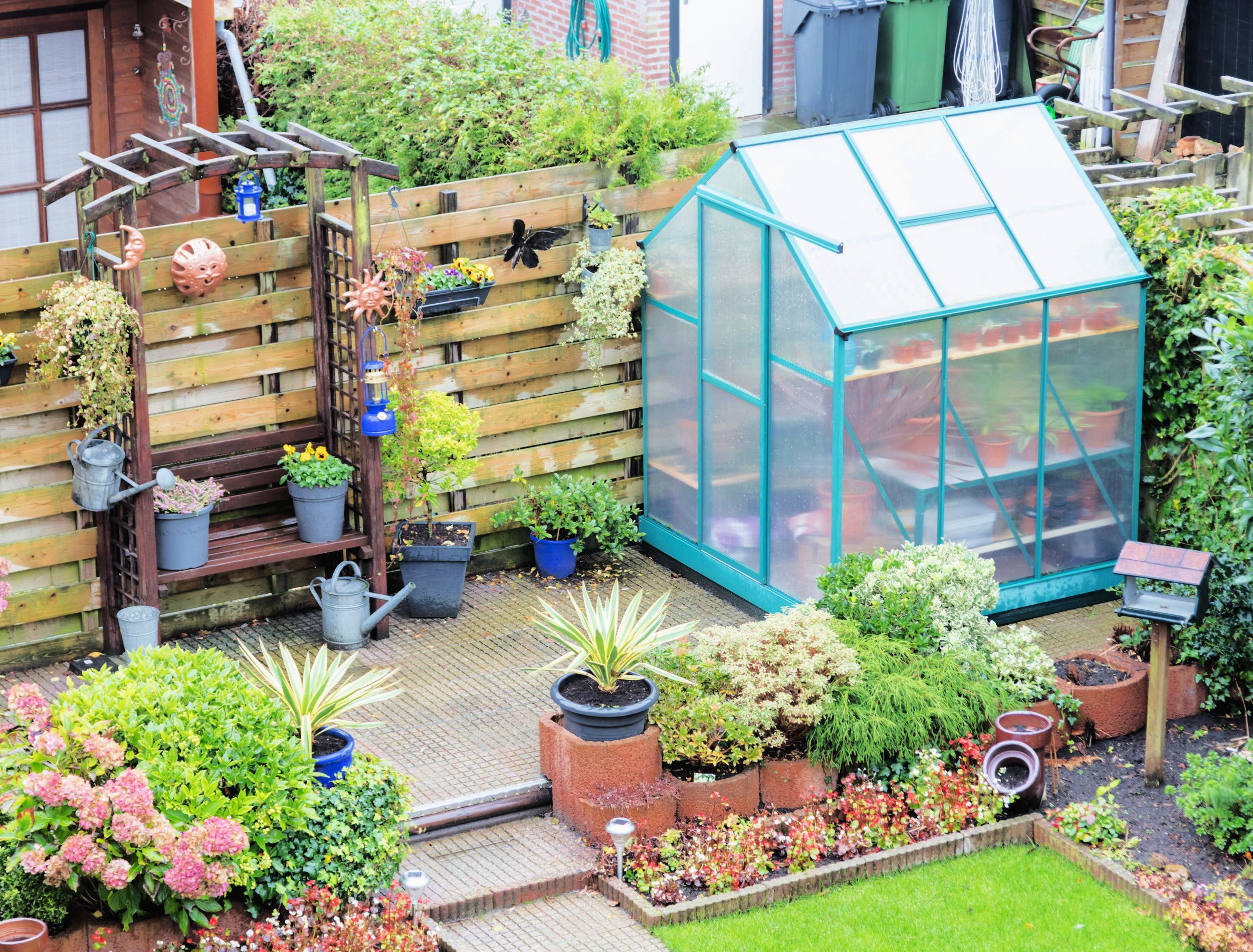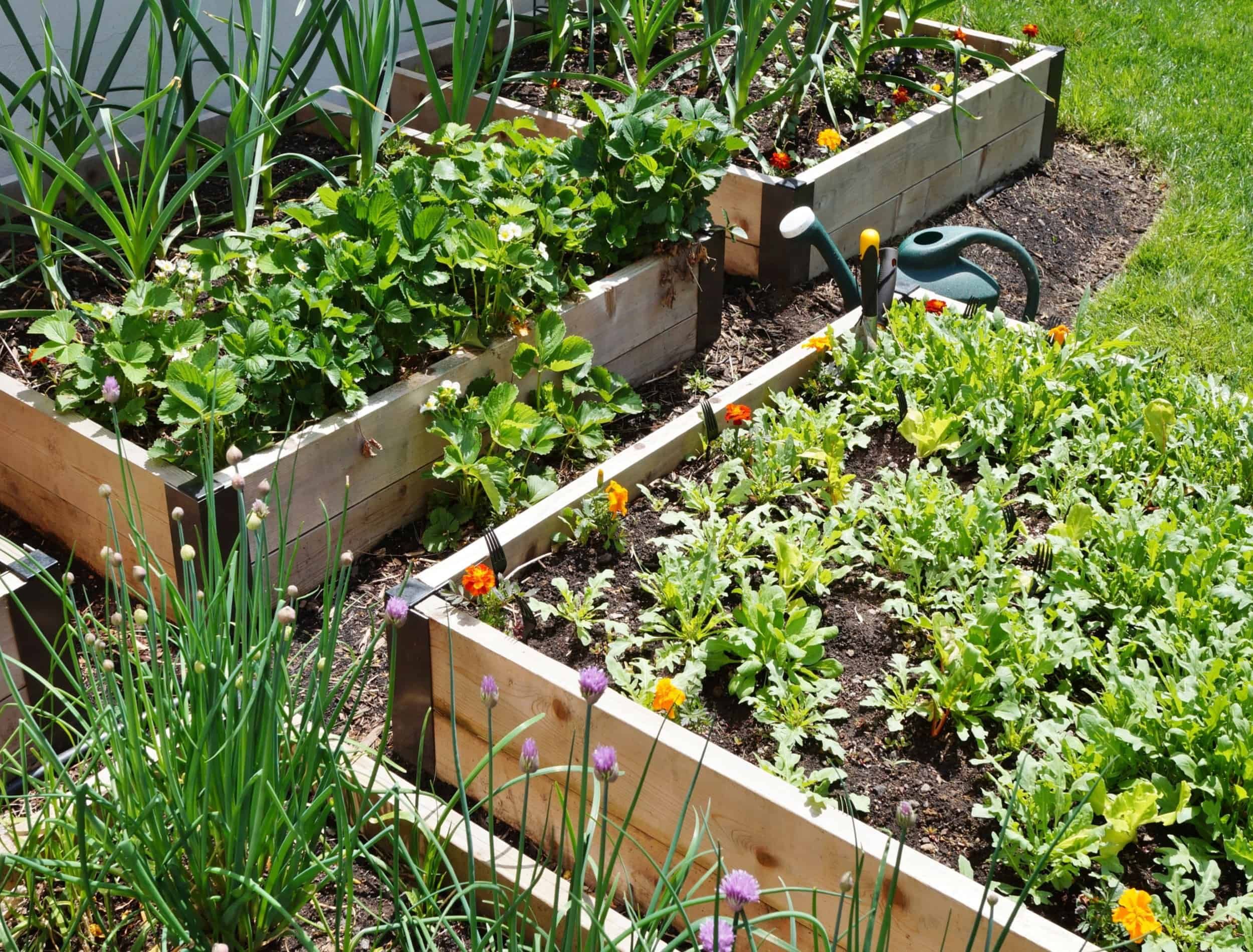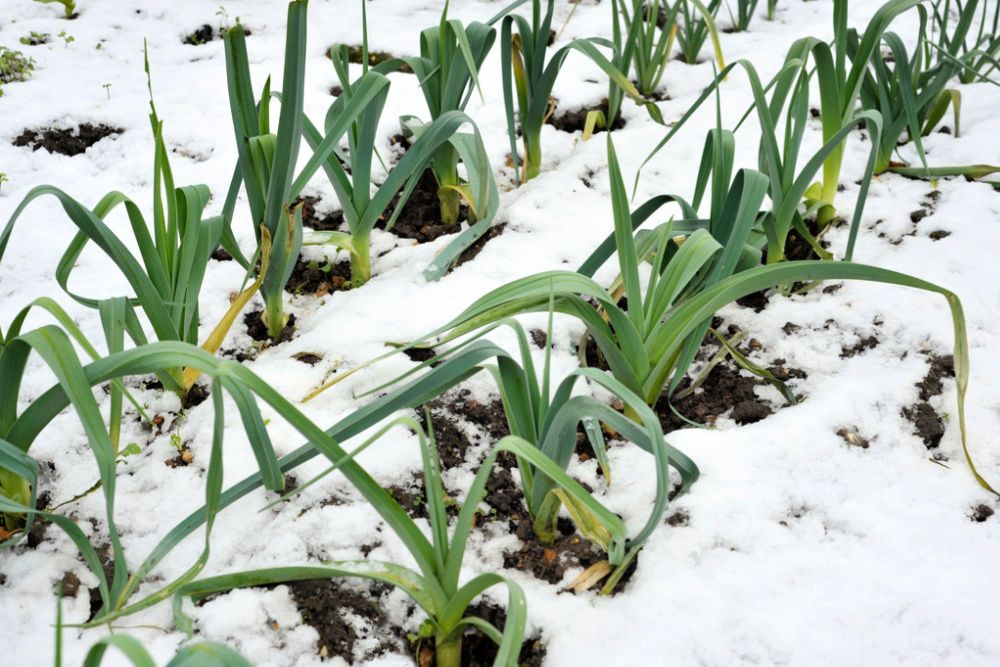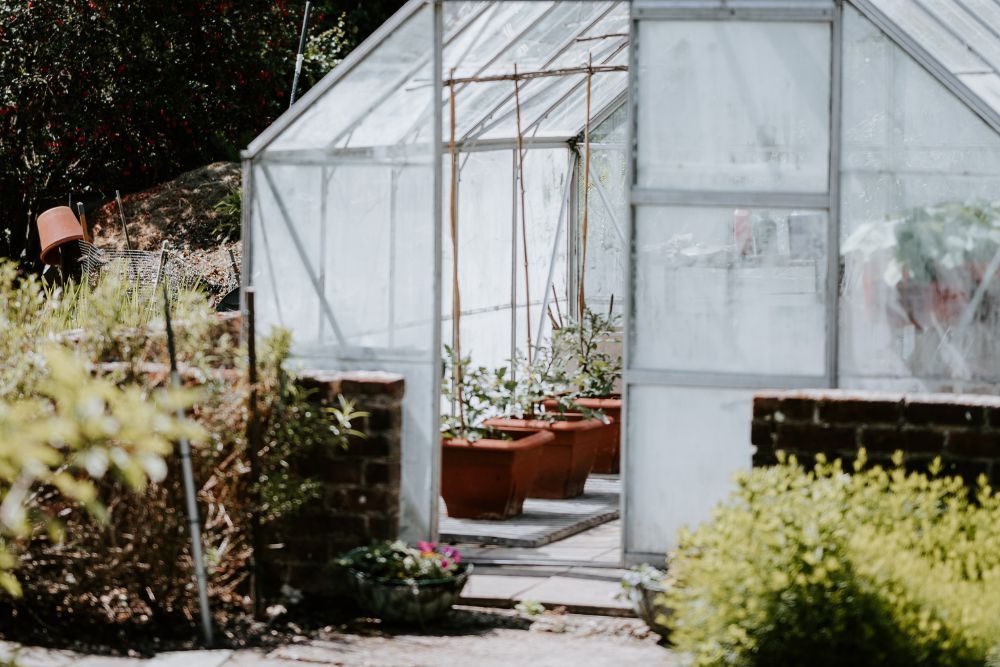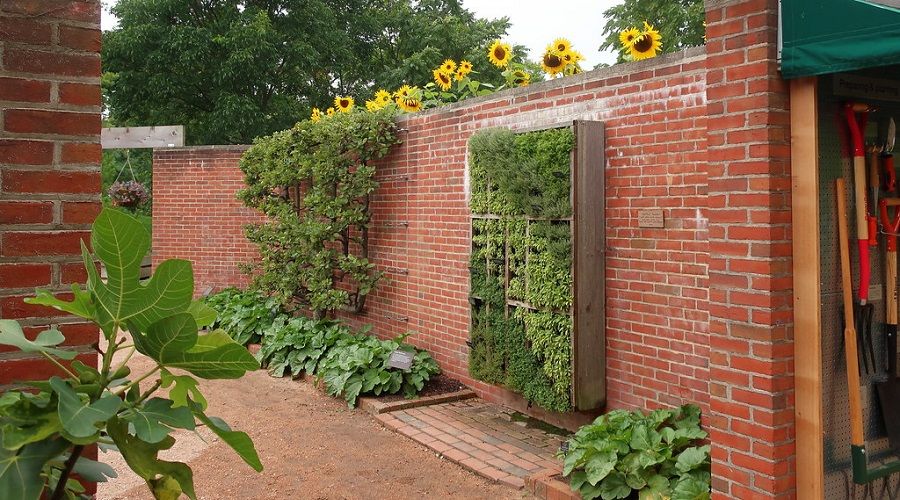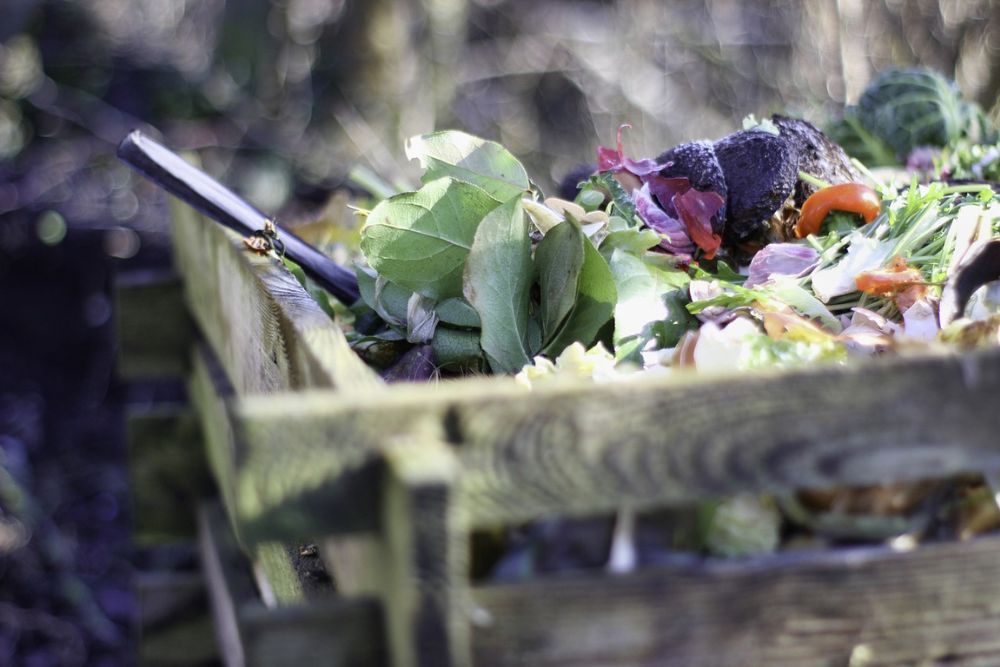Growing your own garden is an amazing way to enhance your outdoor space aesthetically and provisionally. With a modern homestead garden, you reap not only that which you sow but also an opportunity for self-sufficiency!
To strive towards a self-sufficient garden, take a look at the space you have available. Do you have a large yard with plenty of space to transform into future crops? Utilize the space for large plants like potatoes or fruit trees! Are you working with something much smaller? Something as simple as herbs take up little room!
Whatever type of space you have, there are various ways to construct a modern homestead garden. Work to build something rewarding, reduce your footprint, and begin growing quality food for your table!
Not sure where to begin? Take a look at these five modern homestead garden ideas to make you more self-sufficient in the long term!
1 – Make Raised Garden Beds
Image Credit: EQRoy via Shutterstock
For the gardener with larger spaces available, raised garden beds are a go-to! Build these in your yard and fill them with healthy, nutrient-dense soil.
To make your raised garden beds, you may choose to use wood and build simple boxes yourself. Alternatively, use containers like metal basins, unused plastic buckets, or whatever else is around the house!
Raised beds allow ample room for deep pre-laid soil and easy access for caring, weeding, and harvesting. The larger/more beds you make, the more plants will grow.
For those only with small designated garden bed areas, focus on plants that take up less room with larger yield. Plants like tomatoes grow upwards, green beans produce plenty each season, and lettuce grows more leaves as you harvest. Seek out cost-effective plants that take up less space.
2 – Grow a Winter Garden
Image credits: Graham Corney via Shutterstock
Self-sufficiency is easiest in the warmest months of the year when the growing season is at its peak. But what about winter? Are you growing plants in the cold months to harvest later?
Winter gardening allows you to produce more food in the spring and even in the year's cold months. Vegetables such as beets, turnips, radishes, onions, leeks, and other cold-hardy plants survive low temperatures. These plants are ready for harvesting usually between December and February, putting more food on your table in winter. With a bit of attention, planning, and care, your modern homestead garden will allow greater self-sufficiency.
Pro Tip: Not able to use all of the things you produce? Properly store your fruits and veggies! By preserving and storing your produce, you have access to those healthy ingredients throughout the year. Freeze, can, pickle, or dehydrate your fruits and vegetables to get the most out of all that you grow!
3 - Set Up a Greenhouse
Image credits: Annie Spratt via Unsplash
If you have the space, time, and energy, building or setting up a greenhouse will boost your garden’s growth. A greenhouse protects your plants through the winter, allowing longer growing opportunities. The structure acts as a protective barrier to harsh weather, bugs, and animals and creates warmer temperatures throughout the year. These features all result in healthy, happy, and thriving plants!
Numerous types and sizes of greenhouses are available for purchase, and for the brave, there are even DIY greenhouse ideas. Check out these 10 tips on growing a greenhouse garden to ensure you are doing it right!
4 – Start A Vertical Gardening
Image Credit: cultivar413 via Creative Commons
Not much space? Don’t let that stop you! Whether you live in an apartment with a tiny balcony or a house with no yard – grow plants upwards!
Vertical gardens don't need much space or soil; they come in all shapes and sizes and are a perfect opportunity to get creative! Transform pallets, convert old eaves troughs, design a tubed planter watering system, or craft simple boxes to attach to walls neatly. However you set it up, these upwards gardens help you grow more plants!
It is important to note that while a vertical garden lets you grow more plants, not all plants will survive in shallow planters. Large plants or vegetables and fruits that are deep-rooted require a greater allotment of space. Instead, opt for herbs, leafy greens, strawberries, or other plants that thrive in small vertically grown planters.
Pro Tip: For plants that require deeper soil to grow, use trellises to keep them moving upwards rather than outwards! Plants such as tomatoes, butternut squash, beans, and other vining fruits and vegetables grow well on trellises.
5 – Use What You’ve Got (or What is Given to You!)
Image credits: Herbert via Pixabay
Reduce your impact and utilize what you have! When watering and nourishing your garden, there are ways to be more sustainable and cost-effective. Specifically, water and compost.
Water is essential for any garden you have or plants you grow. Rather than using water from the water line, harvest rainwater instead! Use strategies such as rain barrels, rain gardens, or simple buckets to gather rainwater for your garden.
Another great way to use what you’ve got is to create your own compost. Compost is an easy and efficient way to reuse leftover scraps, breaking them down into nutrient-packed material. Create your compost heap or purchase a compost bin to get started. Then spread the compost in your garden and watch your plants thrive off the boost of nourishment!
Save The Trouble For Later
A good self-sufficient homestead garden is all about doing what you can with what you have. Utilize the space given to you to create easy-to-tend raised garden beds. Don’t have the space?
Make a vertical garden! Modern homestead techniques will increase production year-round for those with larger yards, a greenhouse, or winter gardening.
Try these modern homestead garden ideas to improve your yield and achieve greater self-sufficiency!

